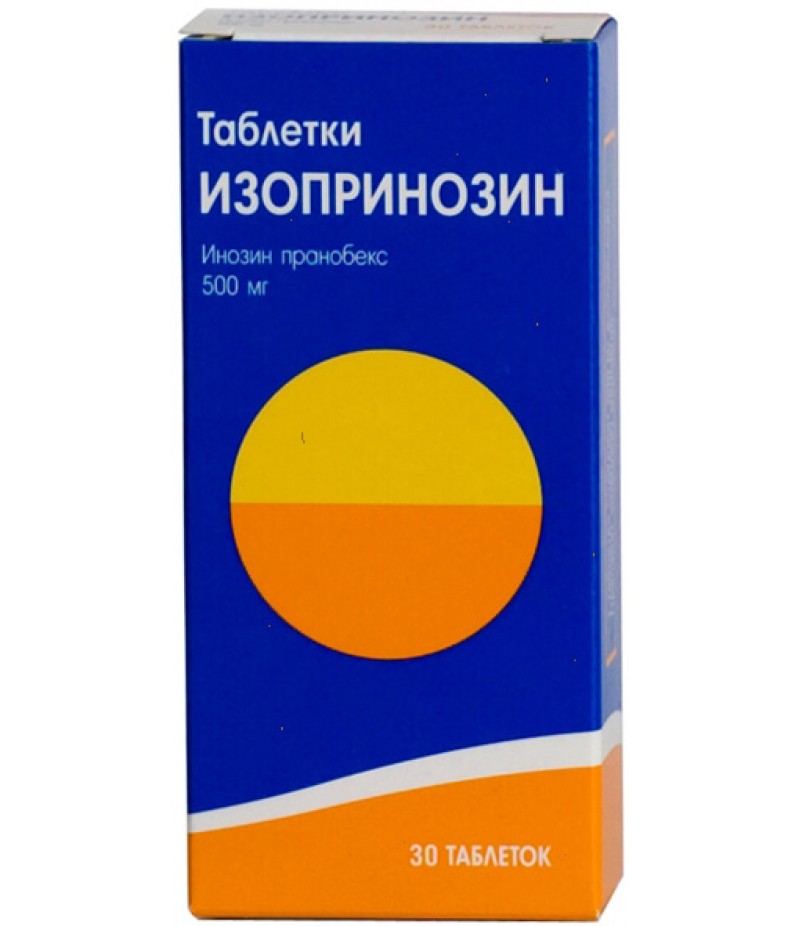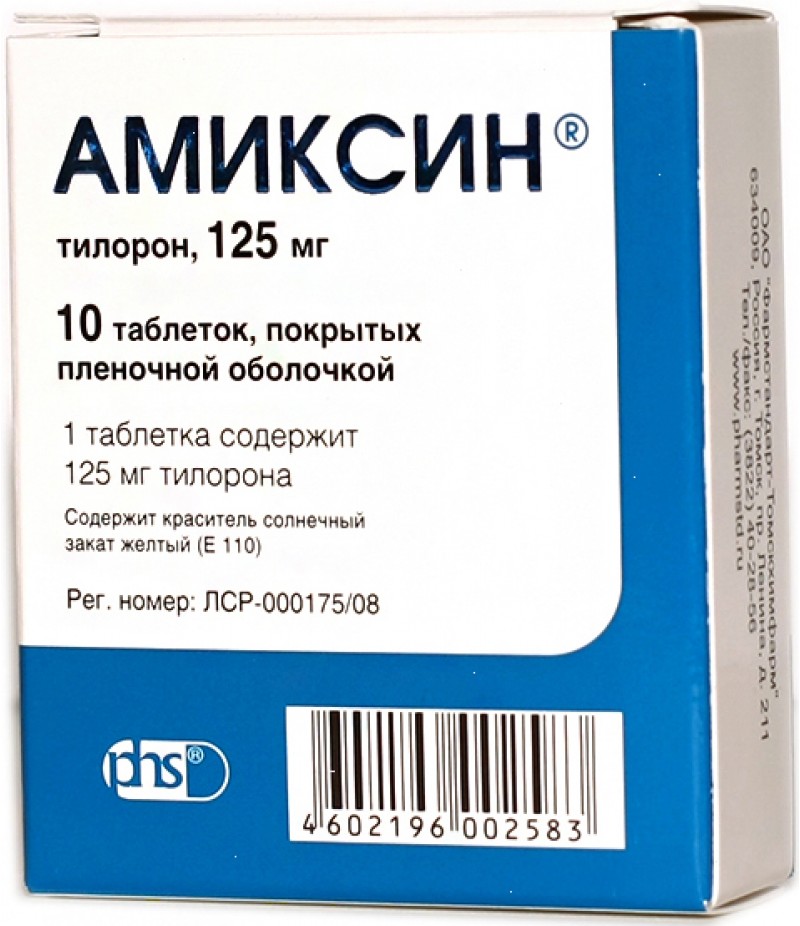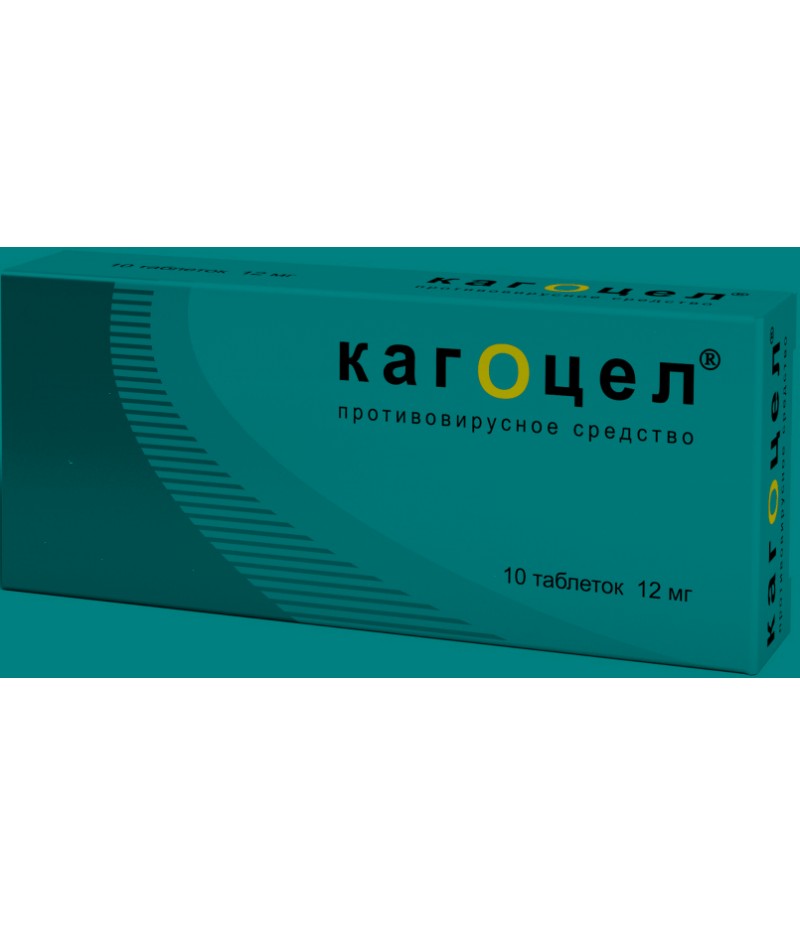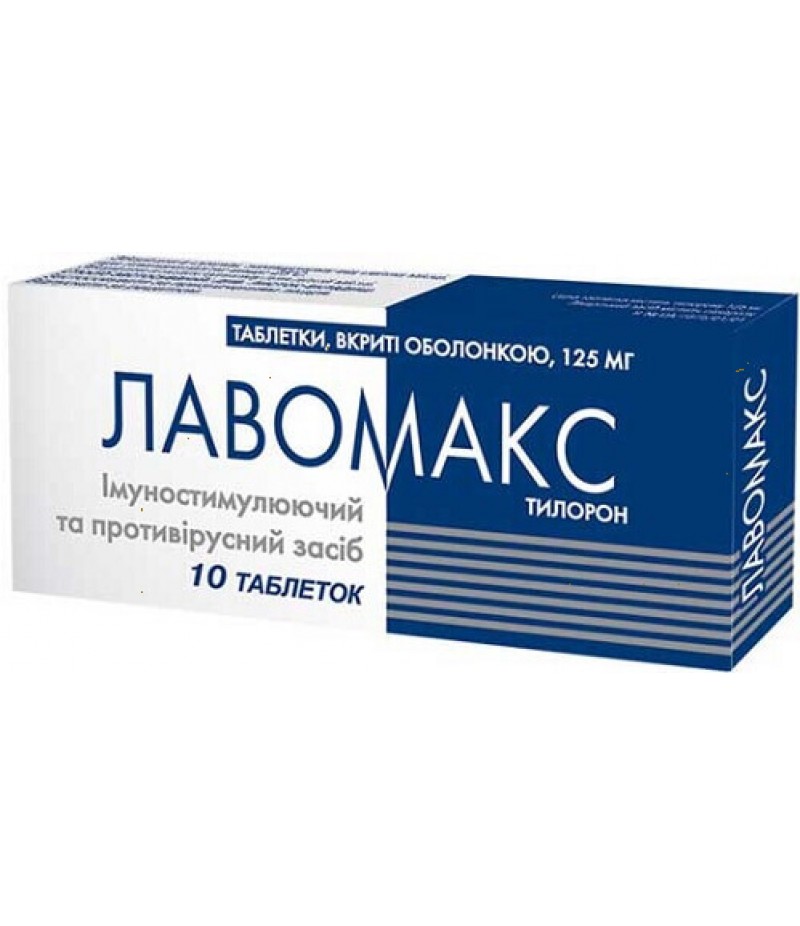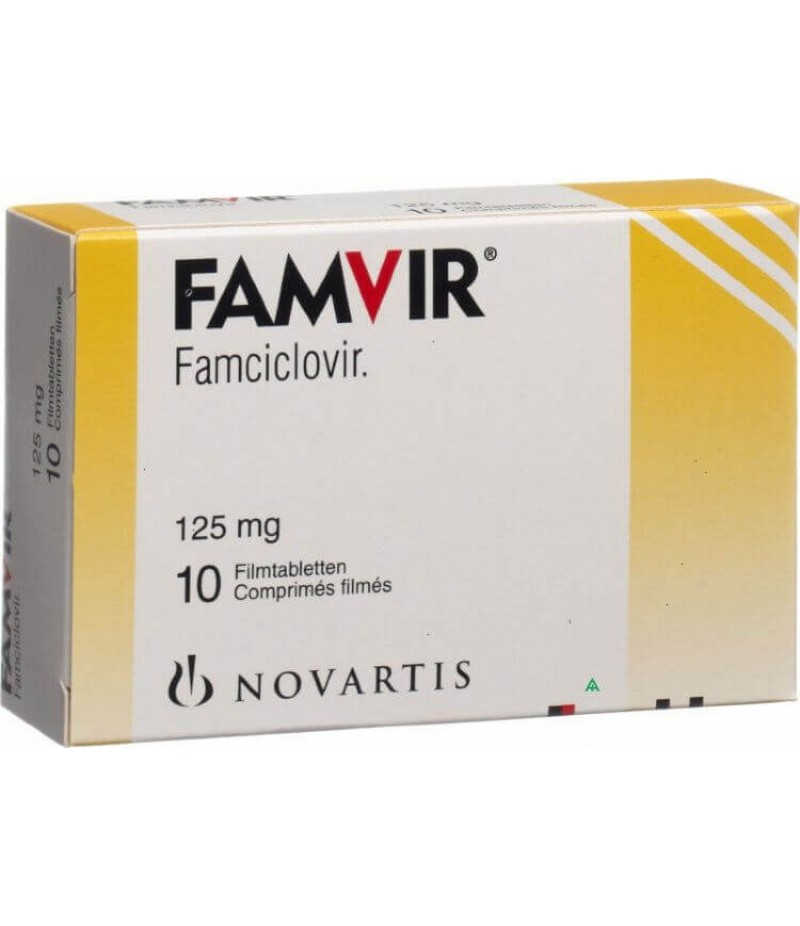Isoprinosine tabs 500mg #30
- $46.84
- 2 or more $45.99
- 3 or more $44.56
- Availability:In Stock
Isoprinosine instruction for useReed more and buy Isoprinosine on this pageCompositionThe composition of 1 tablet of the drug Isoprinosine is 500 mg of inosine pranobeksa (Isoprinosine) - an active substance.In addition, the table..
Isoprinosine instruction for use
Reed more and buy Isoprinosine on this page
Composition
The composition of 1 tablet of the drug Isoprinosine is 500 mg of inosine pranobeksa (Isoprinosine) - an active substance.
In addition, the tablet contains:
10 mg of povidone;
67 mg - wheat starch;
67 mg mannitol;
6 mg is magnesium stearate.
Form of issue
The drug Isoprinosine is available in the form of tablets with a biconvex oblong form of white or a color close to it, on one side with a risk.
One package contains 20, 30 or 50 tablets.
pharmachologic effect
Immunostimulating, antiviral.
Pharmacodynamics and pharmacokinetics
Isoprinosine is a complex derivative of purine of synthetic origin and exhibits immunostimulating action, and also possesses nonspecific antiviral effects.
The use of Isoprinosine leads to the restoration of lymphocytic function during immunosuppression, increases blastogenesis in a number of monocytic cells, activates the expression of membrane receptors on the surface of T-helpers, prevents the decrease of lymphocyte cell activity under the influence of glucocorticoids, normalizes the interpolation of thymidine in them.
Inosine Pranobeks stimulates the activity of natural killers and cytotoxic T-lymphocytes, activates the functions of T-helpers and T-suppressors, increases the production of immunoglobulin G, interleukins IL-1 and IL-2, interferon-gamma, reduces the production of pro-inflammatory cytokines - IL-4 and IL -10, enhances the chemotaxis of macrophages, monocytes and neutrophils.
Isoprinosine in vivo has antiviral activity against the viruses Herpes simplex (herpes), measles virus, cytomegalovirus, influenza A and B, human T-cell lymphoma virus type III virus, human enterocytopathogenic virus, poliovirus, and equine encephalitis and encephalomyocarditis.
Antiviral effects of the drug are associated with the inhibition of the virus RNA and the enzyme dihydropteroate synthetase, which is involved in the synthesis of certain viruses. The preparation also stimulates the previously suppressed viral replication of mRNA of lymphocytes, which is why the RNA biosynthesis of the virus itself is inhibited and the biosynthesis of viral proteins is reduced, and the production of interferons α-alpha and γ-gamma increases, which exhibit antiviral action.
When combined, increases the effectiveness of interferon-alpha, as well as antiviral drugs Zidovudine and Acyclovir.
After oral administration, it is well and quickly absorbed from the digestive tract.
Cmax in the blood plasma is observed after 1-2 hours.
It is subject to rapid metabolism with the formation of uric acid and is excreted in the urine.
Cumulation of the drug in the body was not detected.
The half-life for the two metabolites is 3.5 hours and 50 minutes.
Complete removal of the drug Isoprinosine from the patient's body occurs in 24-48 hours.
Indications for the use of tablets Isoprinosine
therapy of the influenza virus and other ARVI;
Infectious diseases that were caused by the herpes virus 1, 2, 3, 4 and 5 types (recently there appeared information about the effectiveness in treating herpes of type 6, and also 7 and 8 types), labial herpes, genital herpes and herpetic keratitis;
Chicken pox, shingles;
infectious mononucleosis, due to herpesvirus type 4 (Epstein-Barr virus);
measles (with severe disease);
cytomegalovirus infection caused by type 5 herpes virus;
molluscum contagiosum;
human papillomavirus infection (HPV), including papillomas of the vocal cords and larynx, fibrous type;
also the drug is effective in HPV genitalia in women and men and in therapy when getting rid of warts.
Contraindications
gout;
arrhythmias;
urolithiasis disease;
chronic renal failure;
Contraindications to the intake of Isoprinosine include children's age of up to 3 years with a body weight of up to 20 kg, and an increased sensitivity to the components of the drug.
Side effects
According to WHO recommendations, side effects of Isoprinosine are classified as "often" with a frequency of 1% to 10% and "sometimes" with a frequency of development of 0.1% to 1%. Also, the side effects of the drug are divided into groups according to their effect on various organs and systems of the human body.
Gastrointestinal organs:
often - pain in the epigastric region, a feeling of nausea, vomiting.
sometimes - constipation or diarrhea.
Liver and biliary tract:
often an increase in the plasma activity of alkaline phosphatase and transaminase activity and an increase in urea levels.
Skin and subcutaneous fat:
often - itching.
Nervous system:
often - headaches, weakness, dizziness.
sometimes - sleep disturbances (drowsiness or insomnia).
Genitourinary system:
sometimes polyuria.
Musculoskeletal system:
often - exacerbation of gout, pain in the joints.
Instructions for use of Isoprinosine (Method and dosage)
Instruction on Isoprinosine recommends taking the tablets orally (orally) after eating, with water.
Typically, the daily dose of the drug Isoprinosine for adult patients and patients from 3 years old with a body weight of more than 20 kg, is 50 mg / kg, in 3-4 divided doses per day.
Adult patients are prescribed 6-8 tablets a day, children - for half a tablet for every 5 kg of weight per day.
If necessary, in severe cases of infectious diseases, the daily dose can individually be increased to 100 mg / kg of weight, in 4-6 receptions.
For adults, the maximum dose per day is 3-4 grams.
Instructions for use by children determine the maximum daily dose, for this age group, of 50 mg / kg.
When treating acute diseases, the course of treatment for all age categories continues for 5 to 14 days. After the disappearance of the symptoms of the disease, taking the pills is continued for another 2 days. If necessary and under the supervision of a doctor, the course of therapy can be increased.
In chronic pathologies with relapses, several courses of therapy lasting 5-10 days are prescribed, with an interval of 8 days between courses.
Supportive therapy can be administered with a lower daily dose to 500 mg or 1000 mg (1-2 tablets). The course of treatment is carried out for 30 days.
Herpetic infection requires treatment for 5-10 days before the symptomatic disappears completely and lasts for an additional 30 days in the asymptomatic period, at a daily dose of 1000 mg divided into 2 divided doses (to reduce the risk of possible relapses).
With HPV, the recommended daily dose for adult patients is 6 tablets (2 tablets 3 times a day), and a half tablet for every 5 kg of weight for pediatric patients, 3-4 times. Monotherapy lasts for 14-28 days.
In genital warts with relapses, the drug is prescribed in the same doses as with HPV. Treatment can be carried out, both in monotherapy, and in combination with surgical treatment for 14-28 days. In the future, a three-fold repetition of the course of therapy with interruptions of 1 month is shown.
For dysplasia of the cervix, due to HPV exposure, the daily dose is 6 tablets in 3 divided doses (2 tablets each). The course of therapy takes 10 days, followed by 2-3 similar courses, with a break of 10-14 days.
The cost of a course of therapy with Isoprinosine will require significant funds, so before you take the medicine, look at how much the tablets of this drug cost, so as not to interrupt the process of therapy in the future.
Overdose
Cases of drug overdose Isoprinosine are not described.
Interaction
Urikozuric drugs (including diuretics), as well as inhibitors of xanthine oxidase, increase the risk of increasing serum levels of uric acid, with Isoprinosine.
Immunosuppressants lower the effectiveness of the action of Isoprinosine.
Storage conditions
Store at a temperature not exceeding + 25 ° C.
Shelf life - 5 years.
special instructions
After a 2-week therapy with Isoprinosine, it is necessary to conduct studies on uric acid in the urine and serum.
When carrying out long-term treatment (more than 4 weeks), it is recommended to monitor kidney and liver function every month (transaminase activity, creatinine level, uric acid content).
It is necessary to monitor the level of uric acid in the blood when using Isoprinosine in combination with drugs that increase its level, as well as with drugs that disrupt kidney function.
Analogues of Isoprinosine
In connection with the relative high cost of the drug, its analogs are often searched for cheaper than the drug Isoprinosine.
It is worth noting that the price of analogues of Isoprinosine can indeed be an order of magnitude lower, but most often they do not have such pronounced immunostimulatory and antiviral effects.
When searching for drugs with a similar effect, you can be offered the following medicines:
Amiksin;
Arbidol;
Lavomax;
Kagocel;
Synonyms
The main synonym for Isoprinosine is the drug Groprinosin, which also contains the active ingredient.
With the existing problems with immunity and with the above indications, the attending physician can prescribe Groprinosin or Isoprinosine. What is the best of these medicines to take in this or that case, can only solve the specialist immunologist.
It is possible to note a more gentle dosage regimen of the Groprinosin drug, which is why it is more often prescribed for the treatment of children and elderly patients.
Children
Isoprinosine for children is prescribed exclusively at the doses prescribed for children in the instructions for use.
Prevention of viral diseases Isoprinosine is usually given positive reviews for children from 3 years of age.
With alcohol
When carrying out prevention and therapy of diseases of the viral etiology, it is not worth combining Isoprinosine and alcohol.
The intake of alcohol, especially in large quantities, has a disastrous effect on the human immune system, in this regard, compatibility with alcohol drugs to enhance immunity, at best lead to a leveling of mutually exclusive effects.
In pregnancy and lactation
The safety of the use of Isoprinosine during pregnancy and lactation has not been investigated.
Reviews about Isoprinosine
Positive and negative feedback about the use of the drug Isoprinosine by adult patients for the prevention and treatment of acute respiratory viral infections and influenza was divided approximately equally, although even with a negative attitude toward this medication, it is rare to find mention of side effects. More often talk about the effect of placebo, which allegedly replaces the very action of Iprinosin, which is quite controversial.
Among positive reviews: reduction in the duration of disease states more than twice, rapid relief of symptoms, a lower incidence of subsequent infection, a practical lack of negative effects.
Reviews about Isoprinosine in HPV, as well as with warts and herpes, also did not come to a common denominator. Note that in combination with HPV and herpes, combined therapy is the best result.
Children are most often prescribed Isoprinosine for the prevention of seasonal ARVI and influenza, where this drug shows the best results. In this regard, for children reviews about Isoprinosine, in most cases, positive.
Isoprinosine is an antibiotic or not?
Recall that drugs belonging to the group of antibiotics, are used to treat diseases caused by pathogenic microorganisms (bacteria), whereas Iprinosin refers to drugs that affect the immune system and have antiviral activity.

